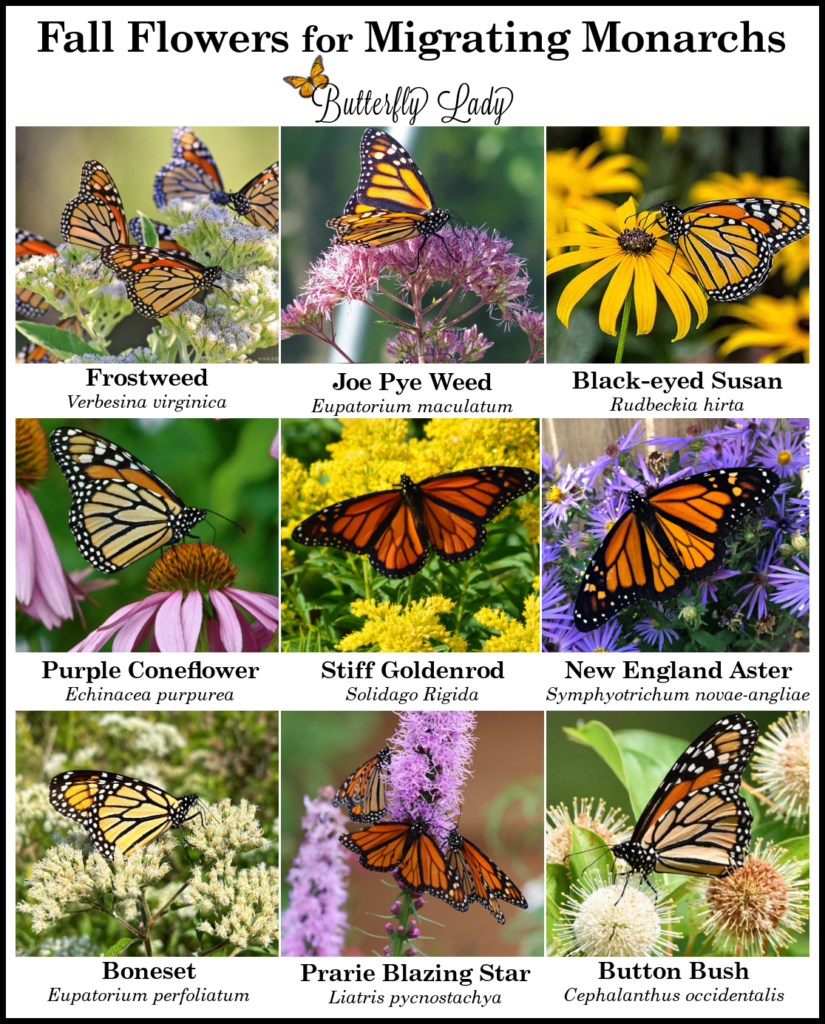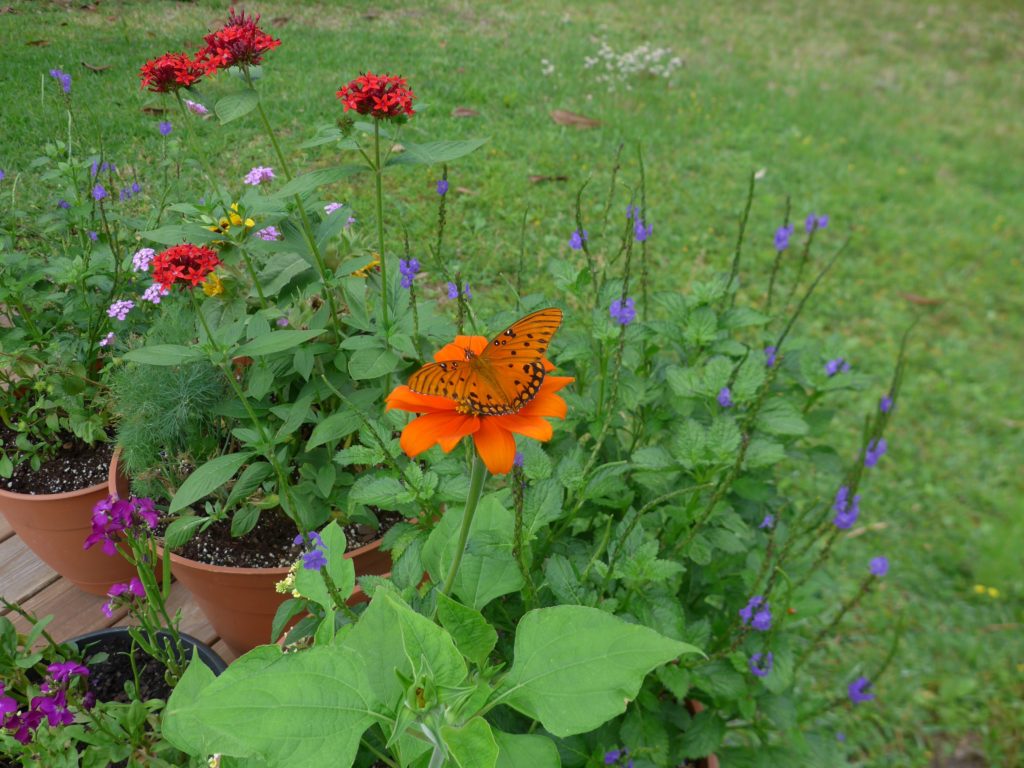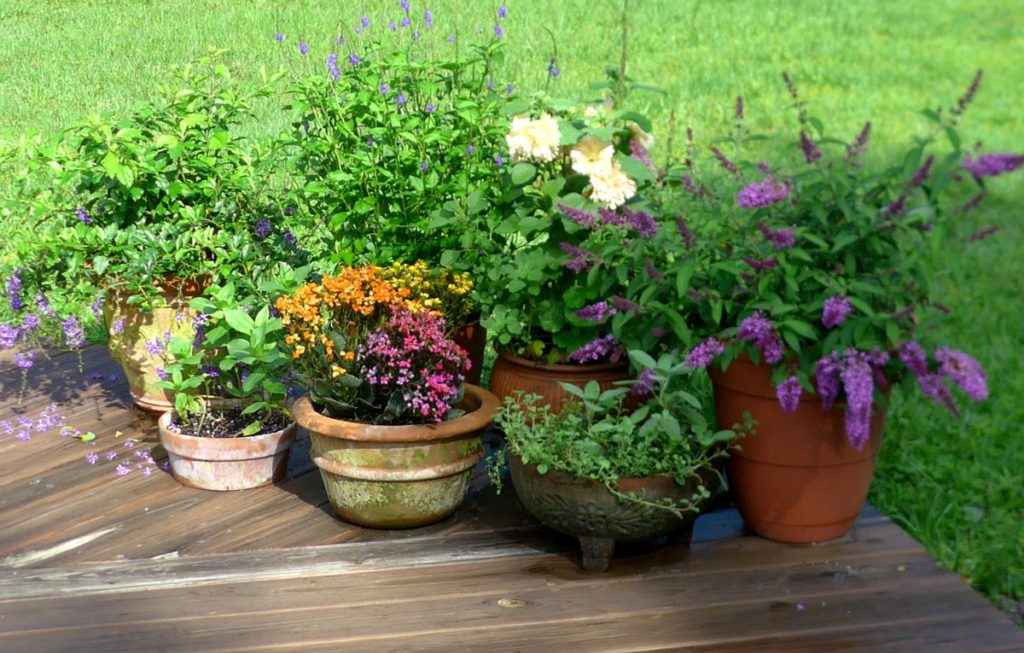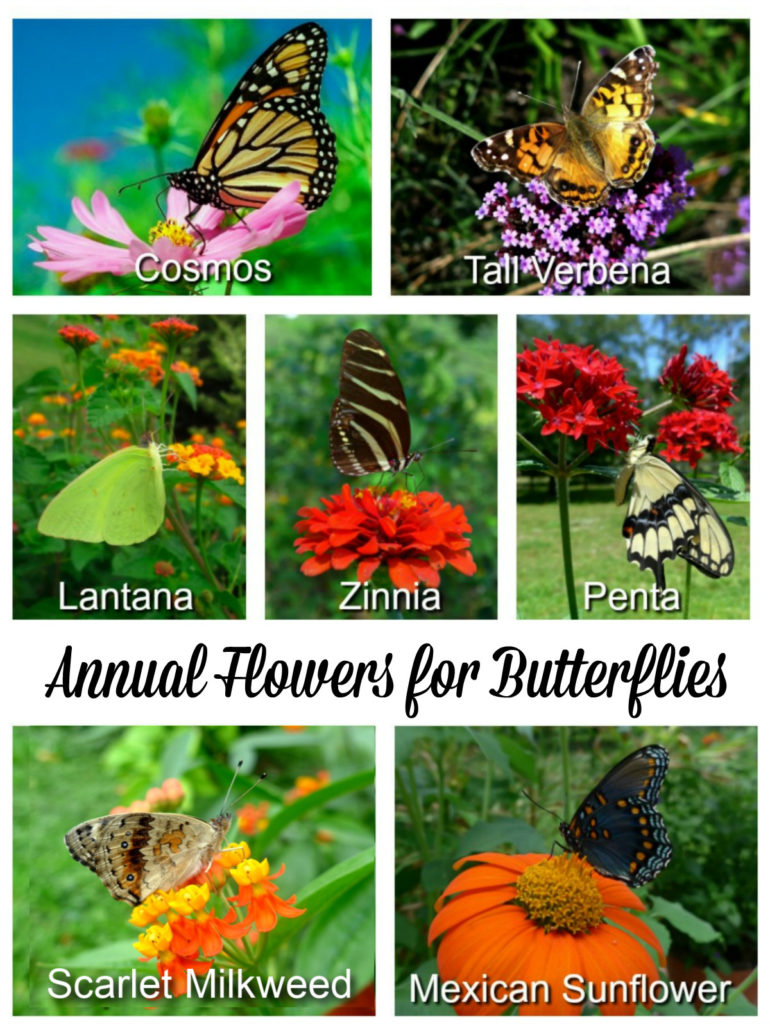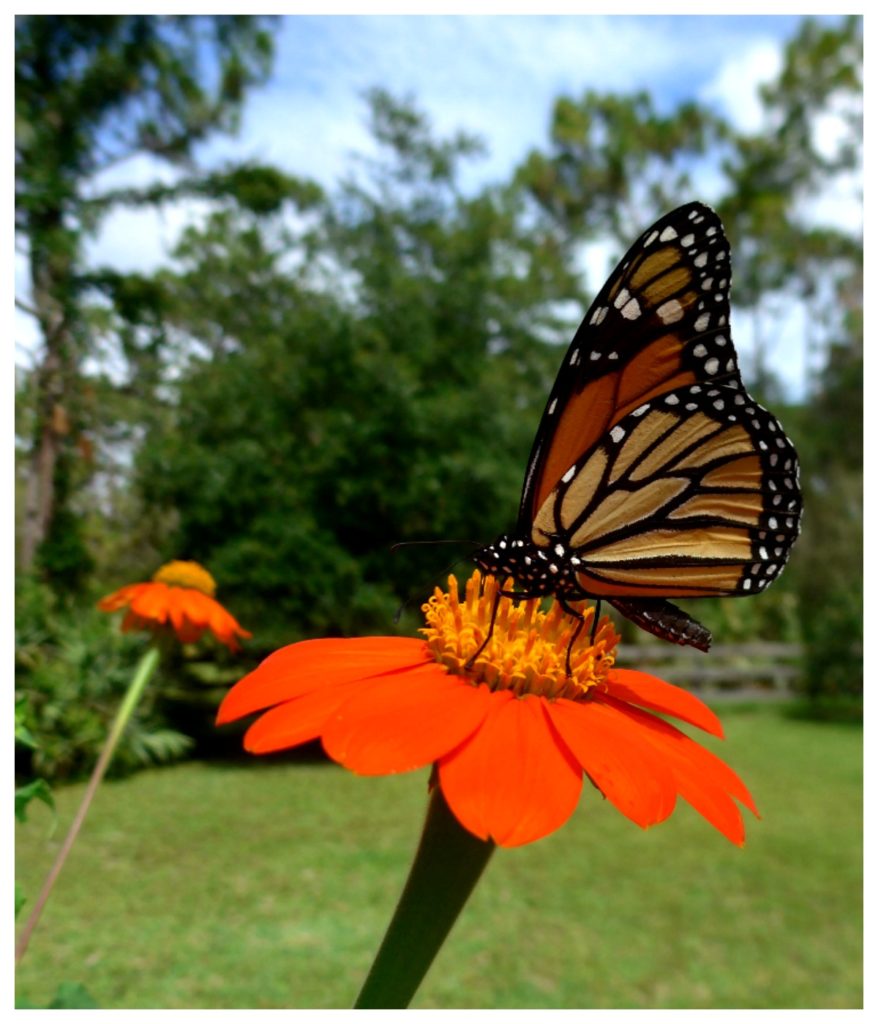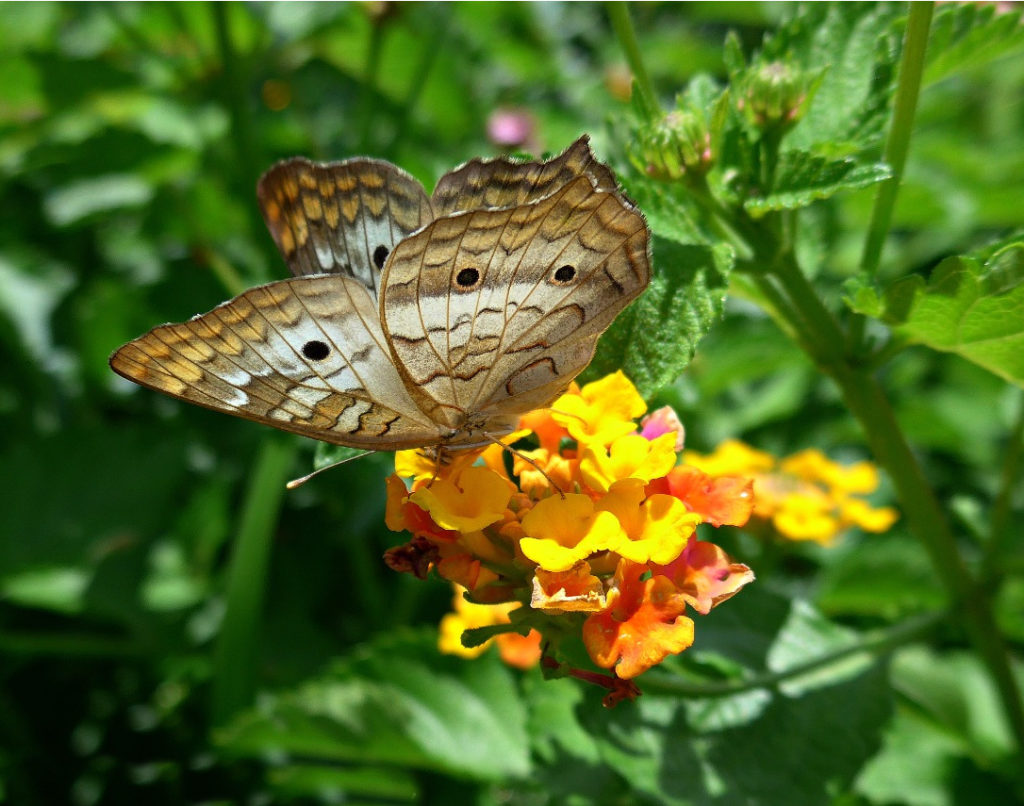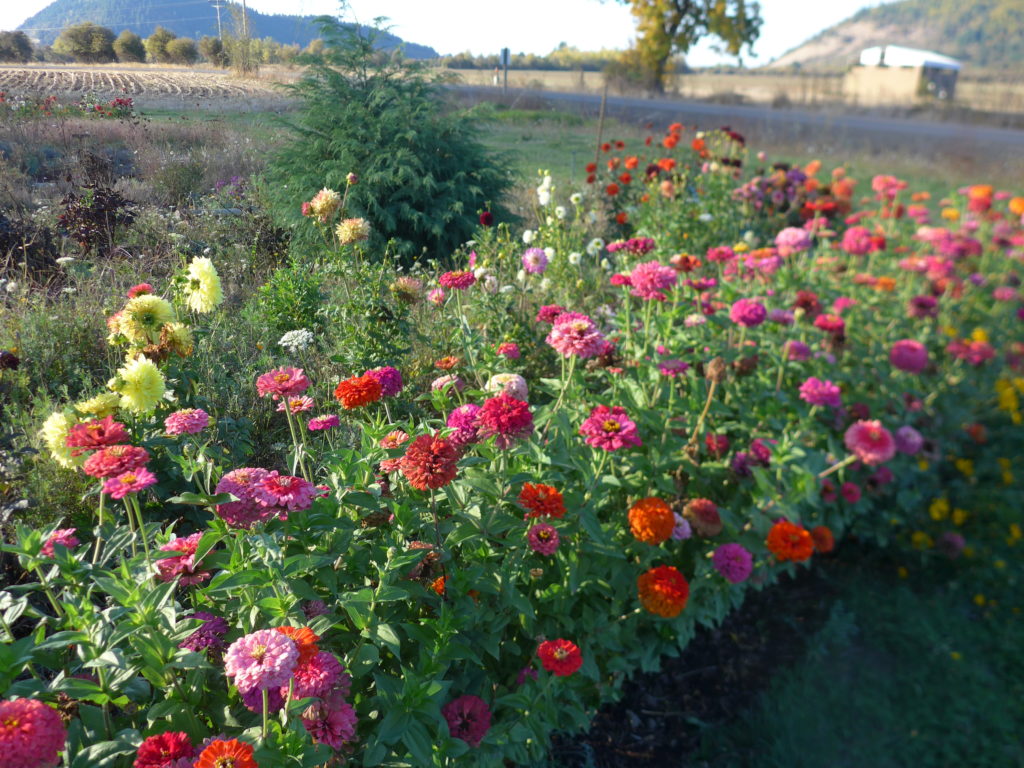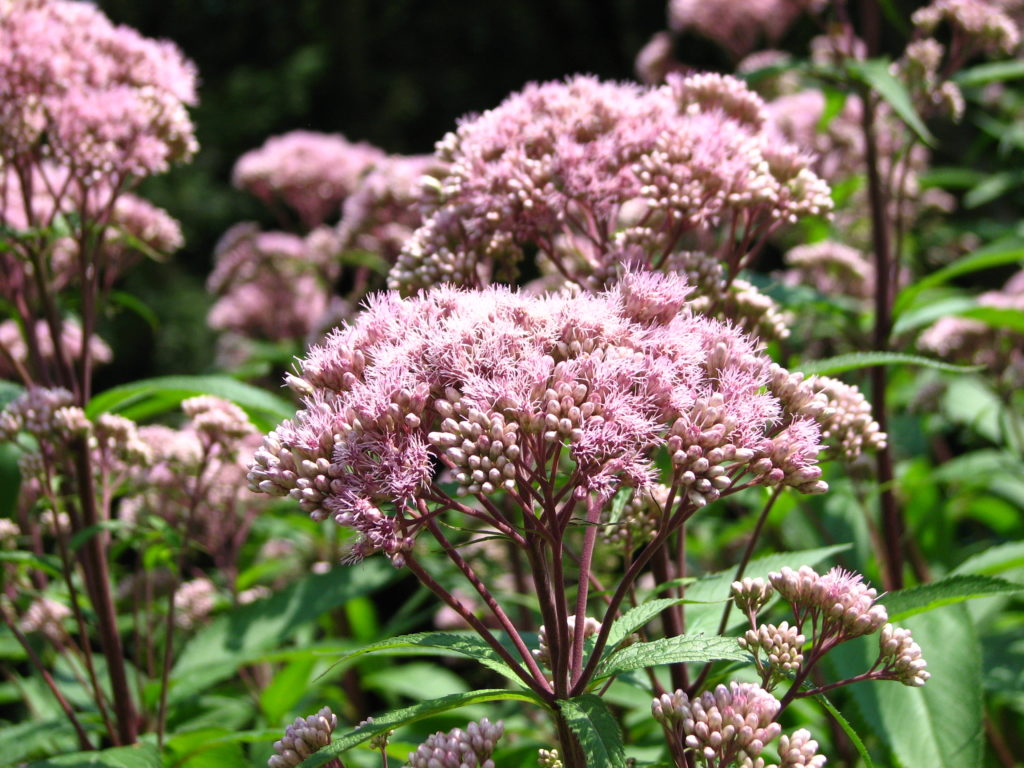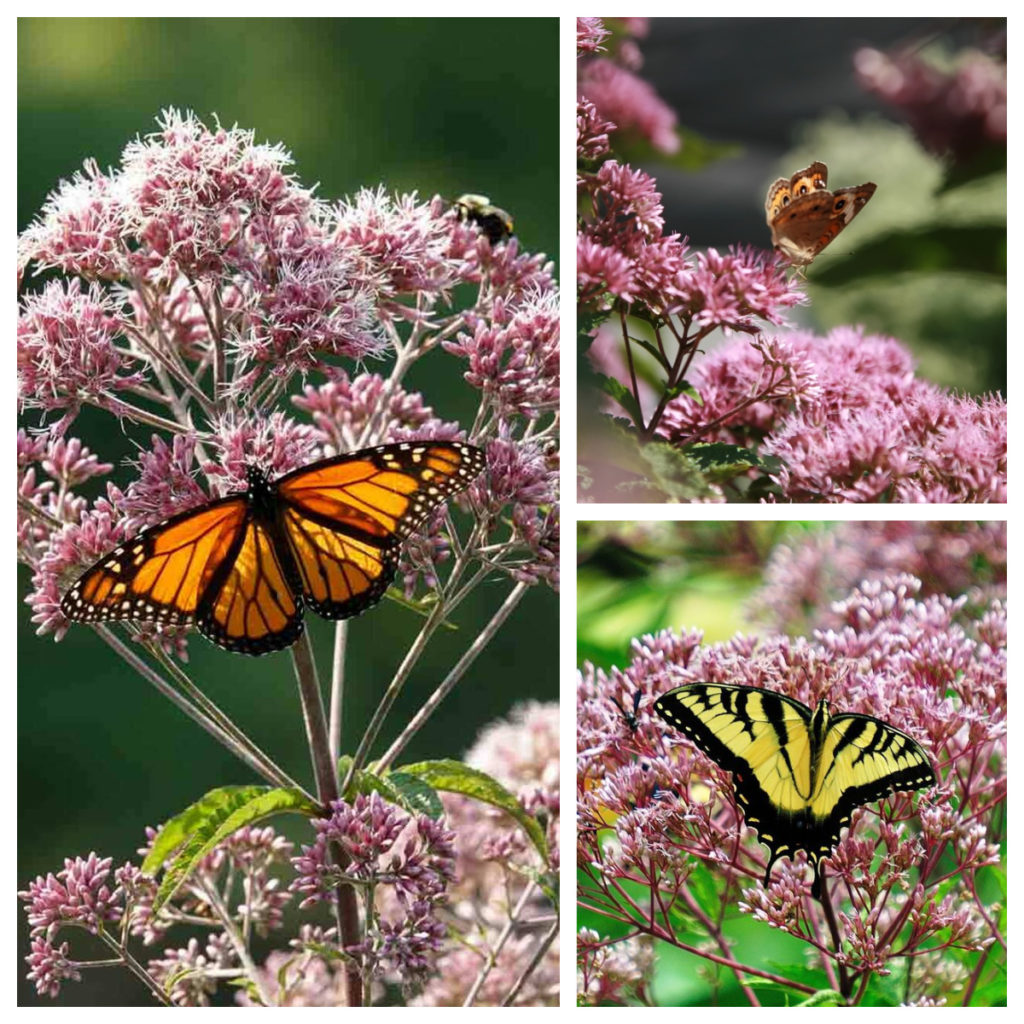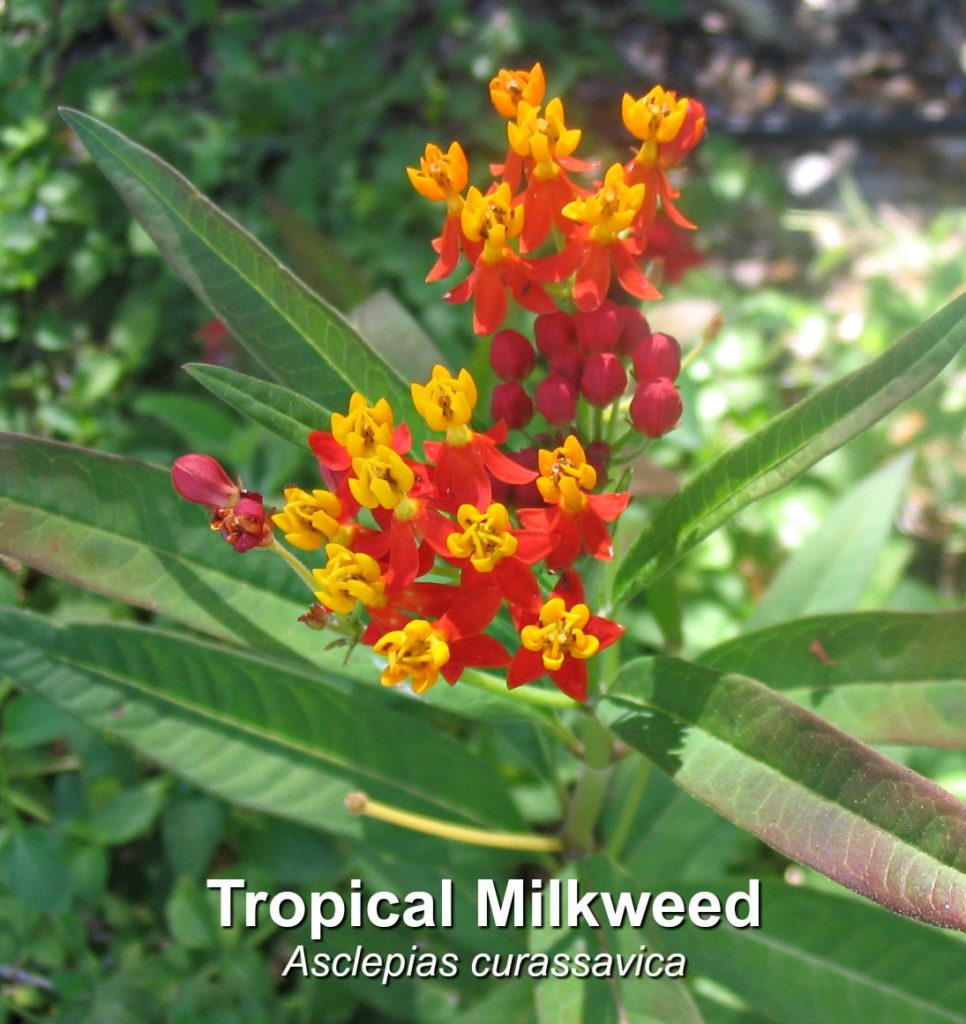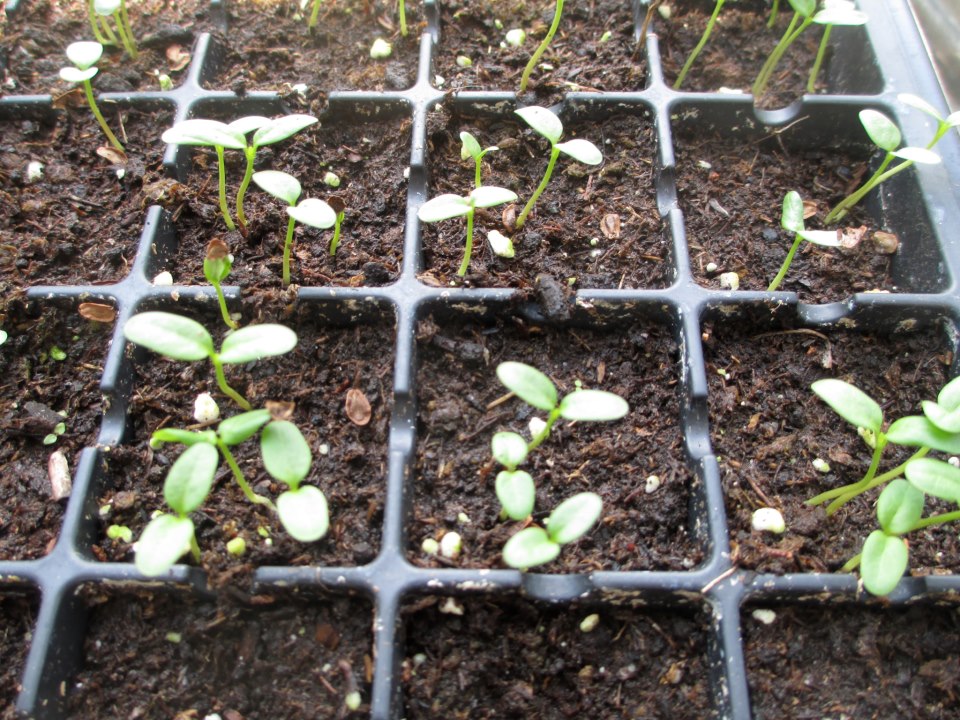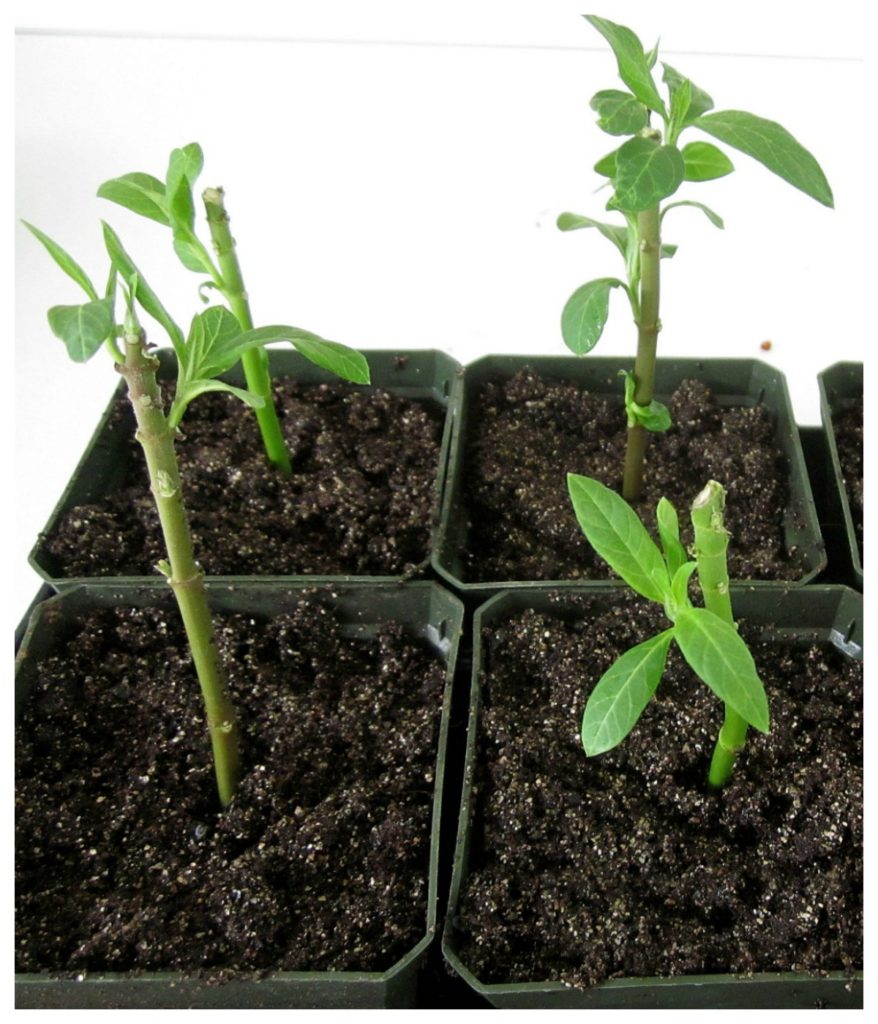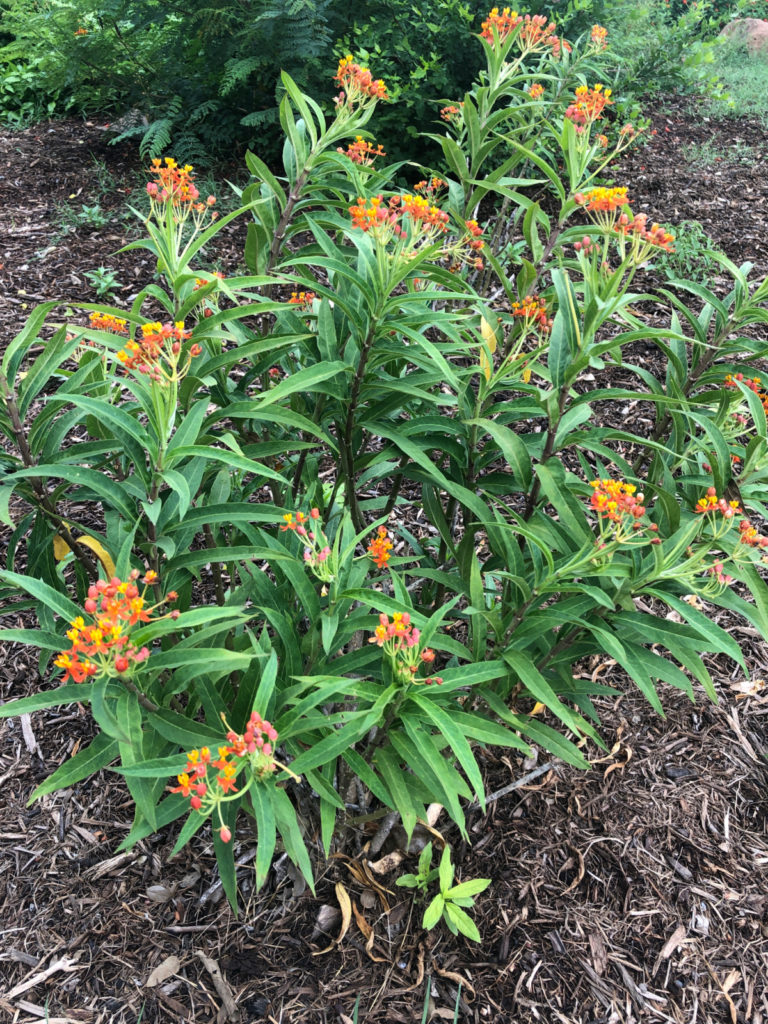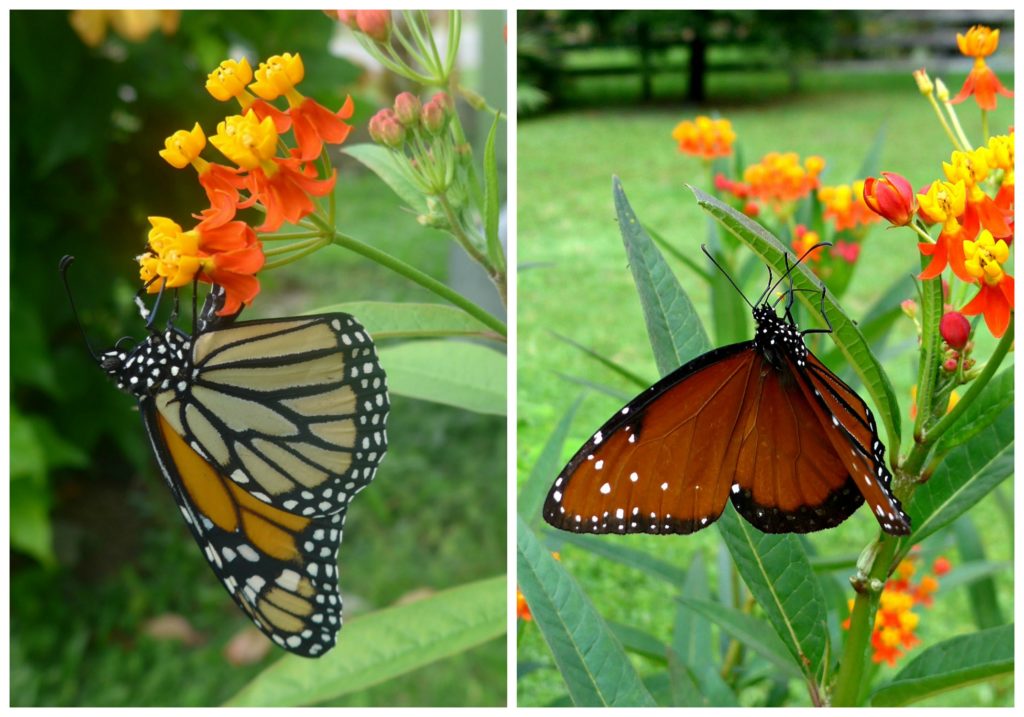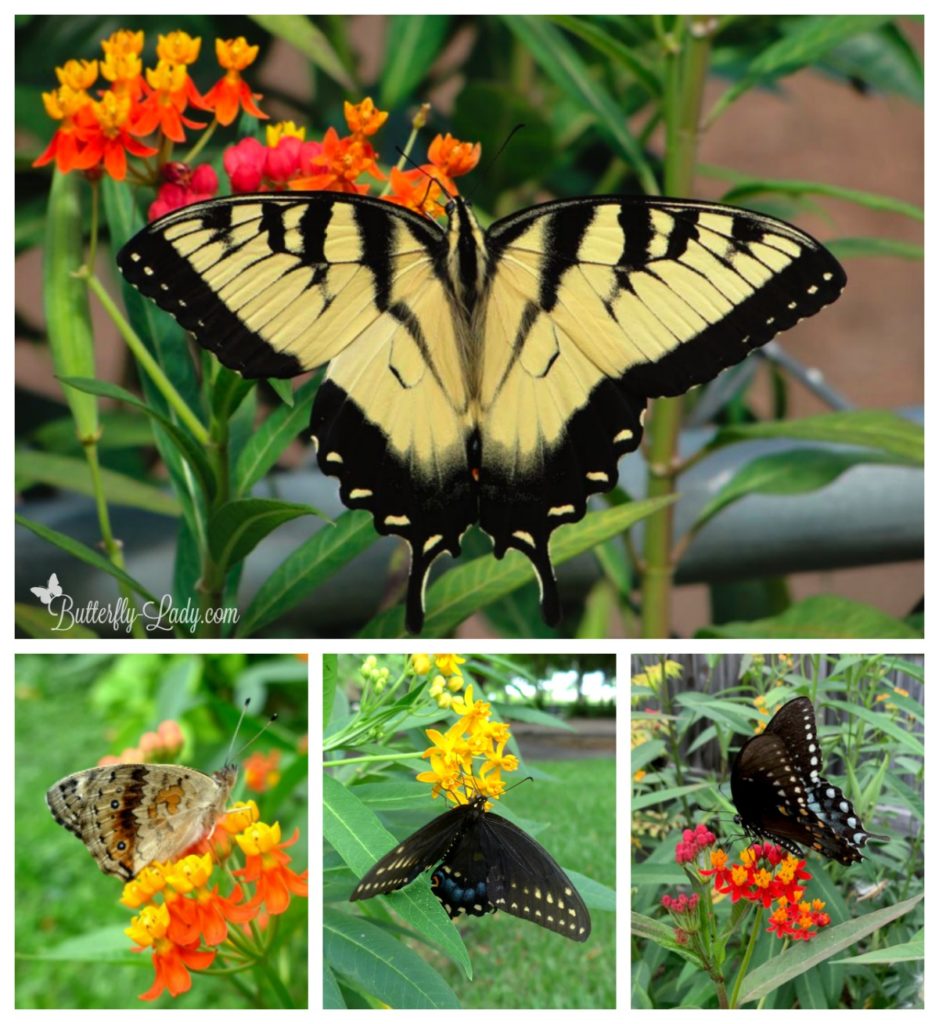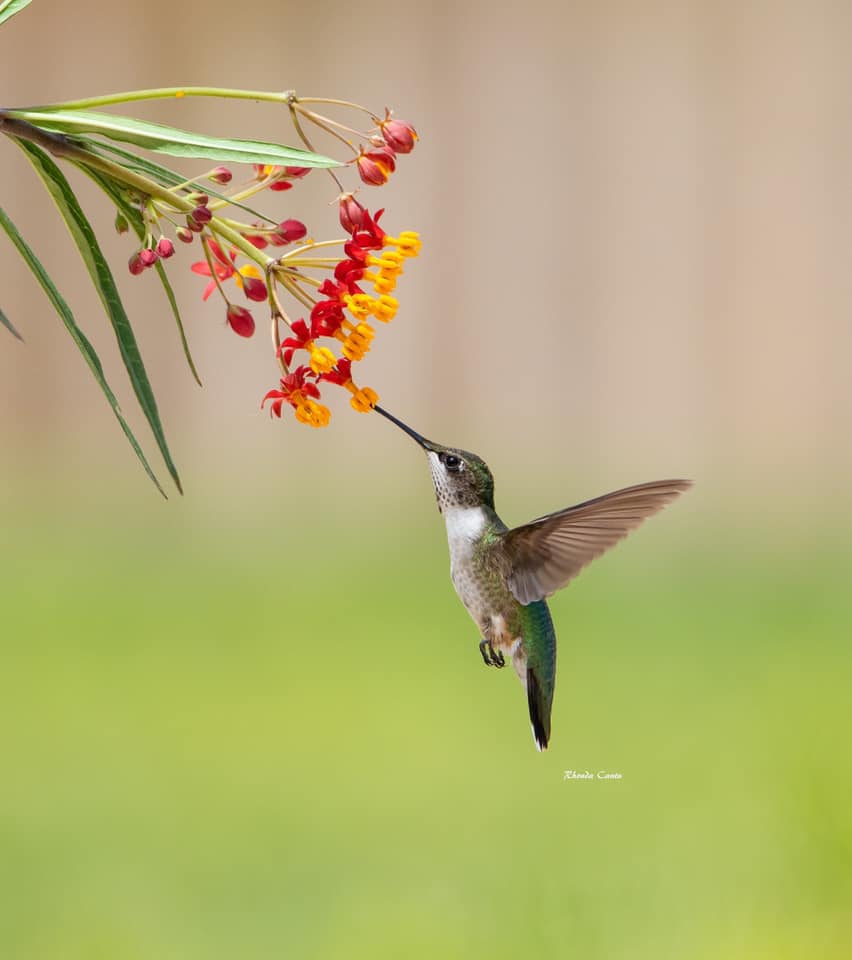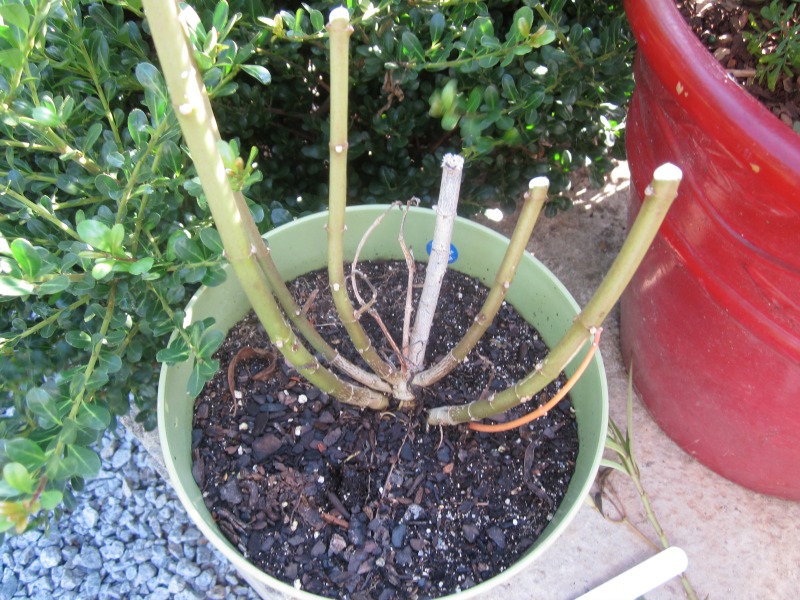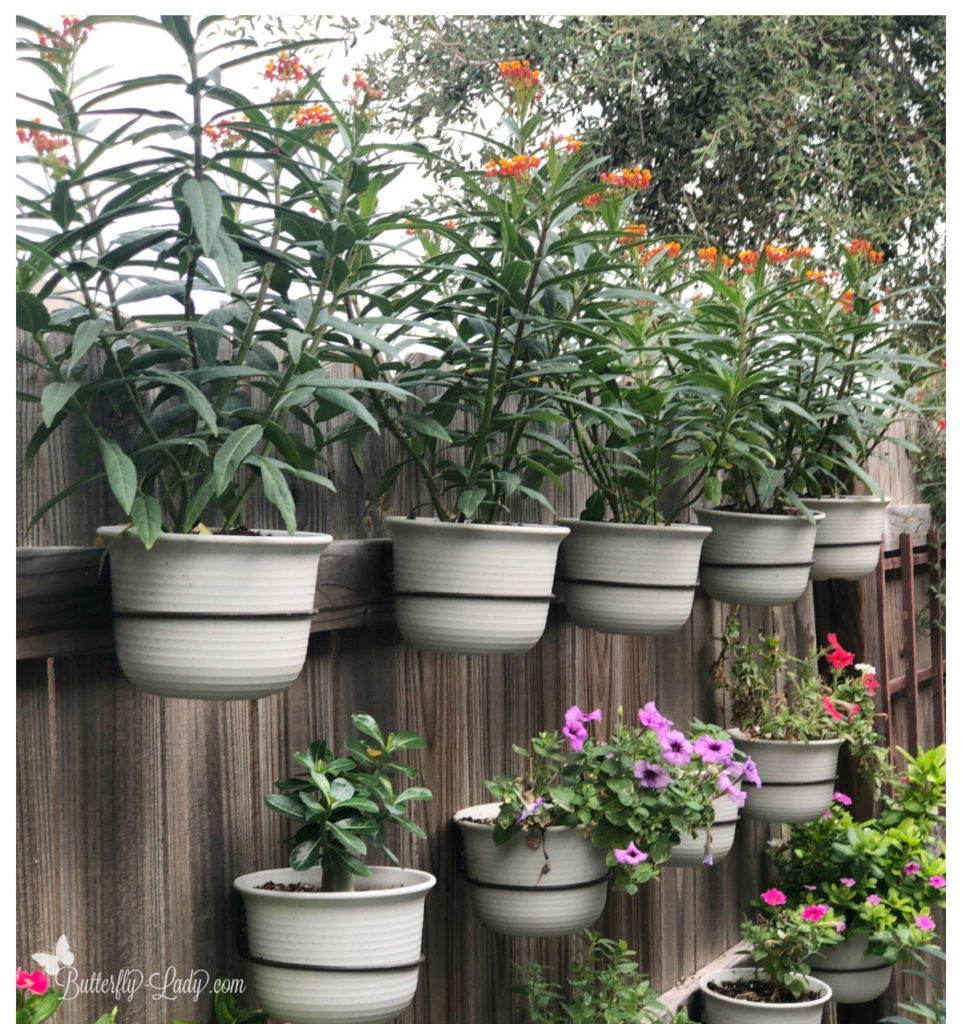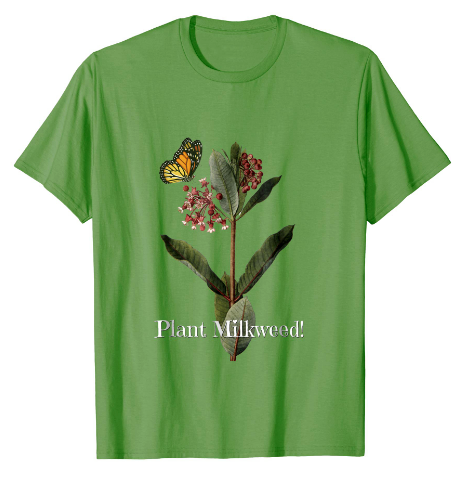The monarchs we see at this time of year are truly special. They are the “super generation”, also known as the Methuselah generation. They will be the ones that migrate up to 3,000 miles to the Sierra Madre mountains in Mexico. These super monarchs live longer, travel farther, and reproduce on a different schedule than their parents or grandparents.
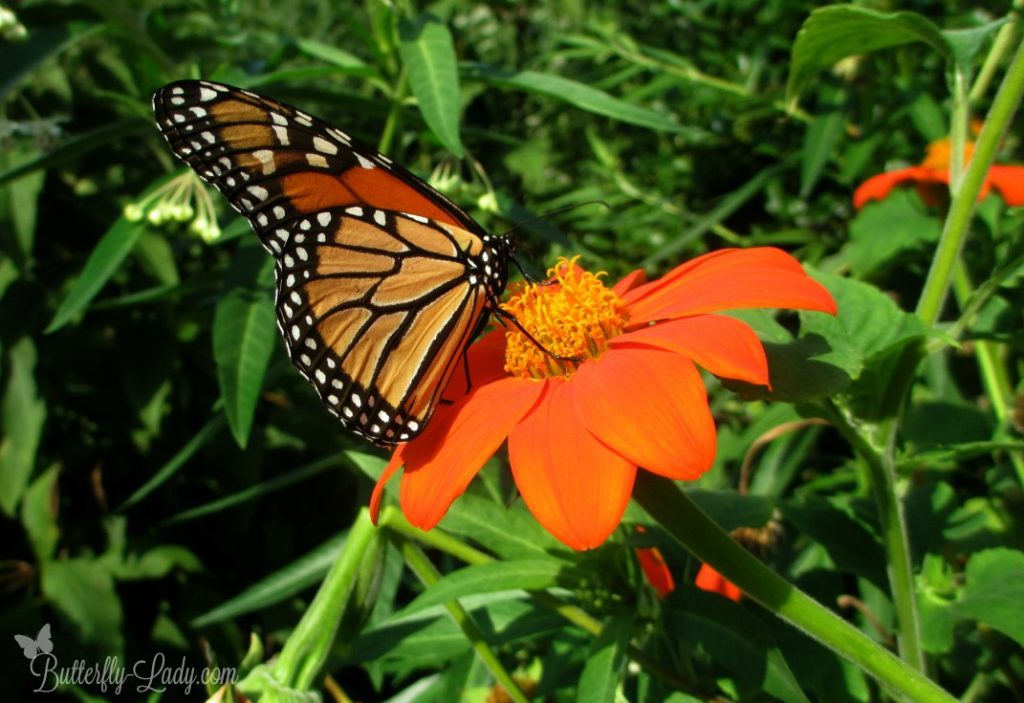
Around the late 4th instar, monarch caterpillars and adult butterflies will get their cues to go south from nature. These cues include shorter daylight hours, native milkweed starts dying back, temperatures start cooling at night and during the day. (Journey North)
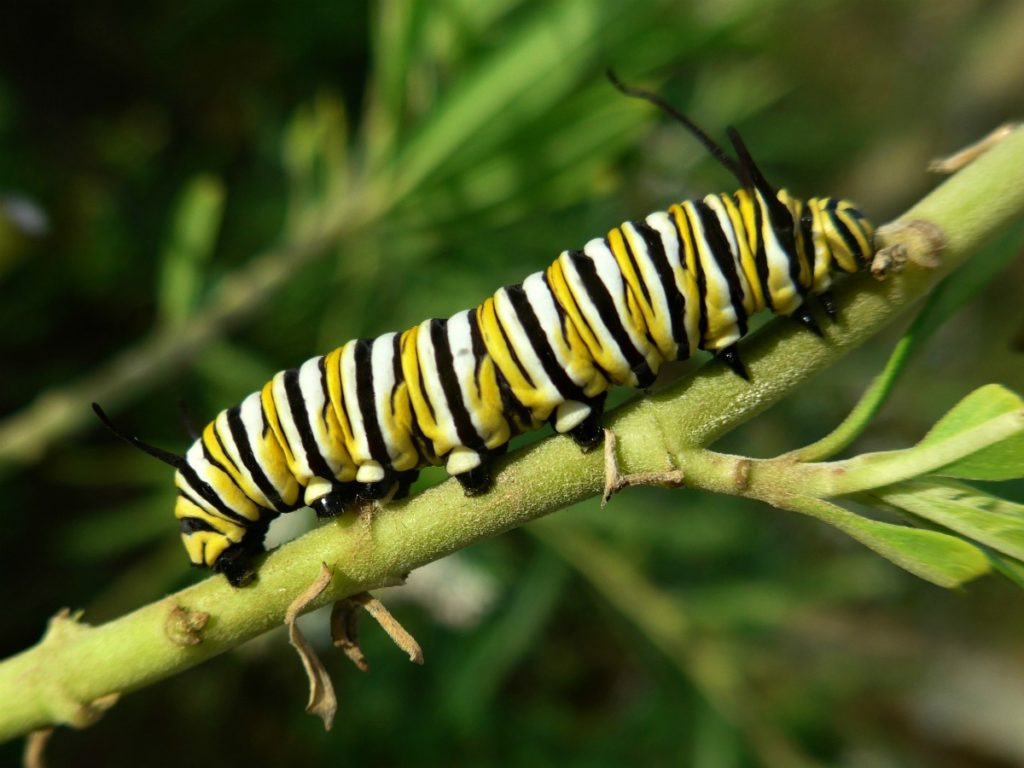
The angle of the sun may also be a major cue for them to head south. Orley Taylor, an insect ecologist at the University of Kansas discovered through the Monarch Watch’s tagging program that most monarchs took flight when the sun’s angle was about 57° above the horizon at noon, no matter where they set out. “There seems to be a window of opportunity for flight when the noon Sun is between 57° and 48°, the team reports in Frontiers in Ecology and Evolution.

Migrating monarchs change physiologically. Beginning in mid-August in the north, adults are in diapause when they emerge from the chrysalis. They are full-grown but not reproductively mature. Their reproductive development is on pause. These monarchs will not complete development and begin to mate until next spring in Mexico. The hormone deficiency that leads to diapause also leads to increased longevity. Breeding monarchs live only 2-6 weeks; migratory monarchs live up to 8 months. (Monarchs that overwinter in Florida, Texas, and Southern California, however, may not emerge in reproductive diapause because they do not migrate to Mexico.)
Adult Monarchs that will be migrating south are changing dramatically in the fall not only in physiology but also and in their behavior:
Three Signs of Migratory Monarchs
1. Flying in directional flight
2. Clustering in overnight roosts (Click here to read more.)
3. Nectaring intensely
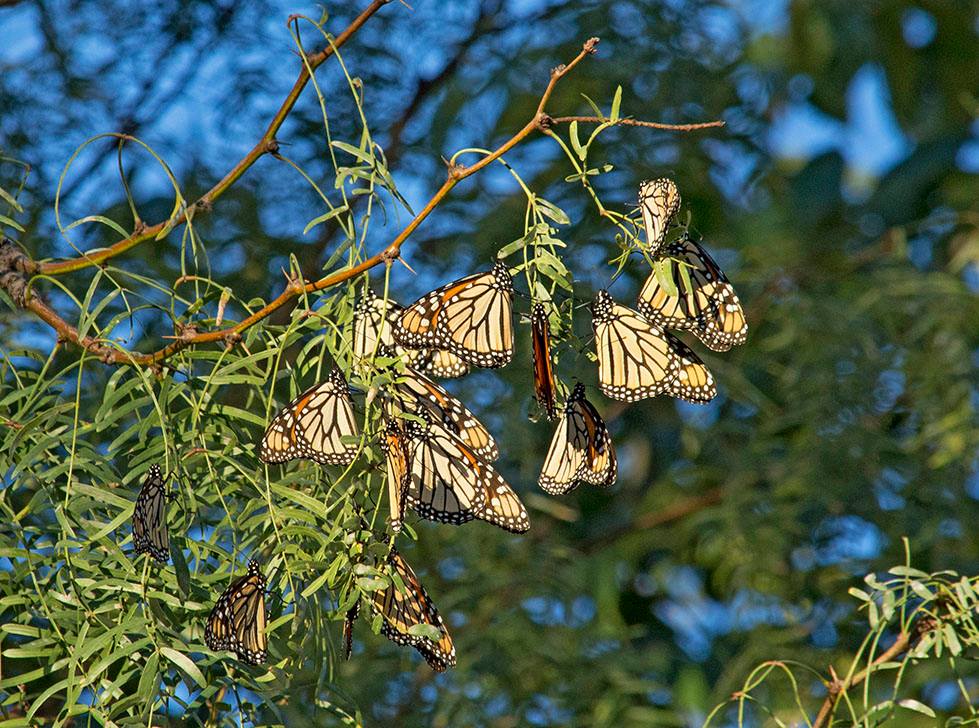
Monarchs are shifting focus now from breeding to intense feeding. They must build body fat to fuel migration and to survive the winter in Mexico. Never is nectar more important to monarchs than during fall migration. Nectar fuels migration. It’s also critical for building the fat reserves the butterfly will need to survive the winter months in Mexico.
